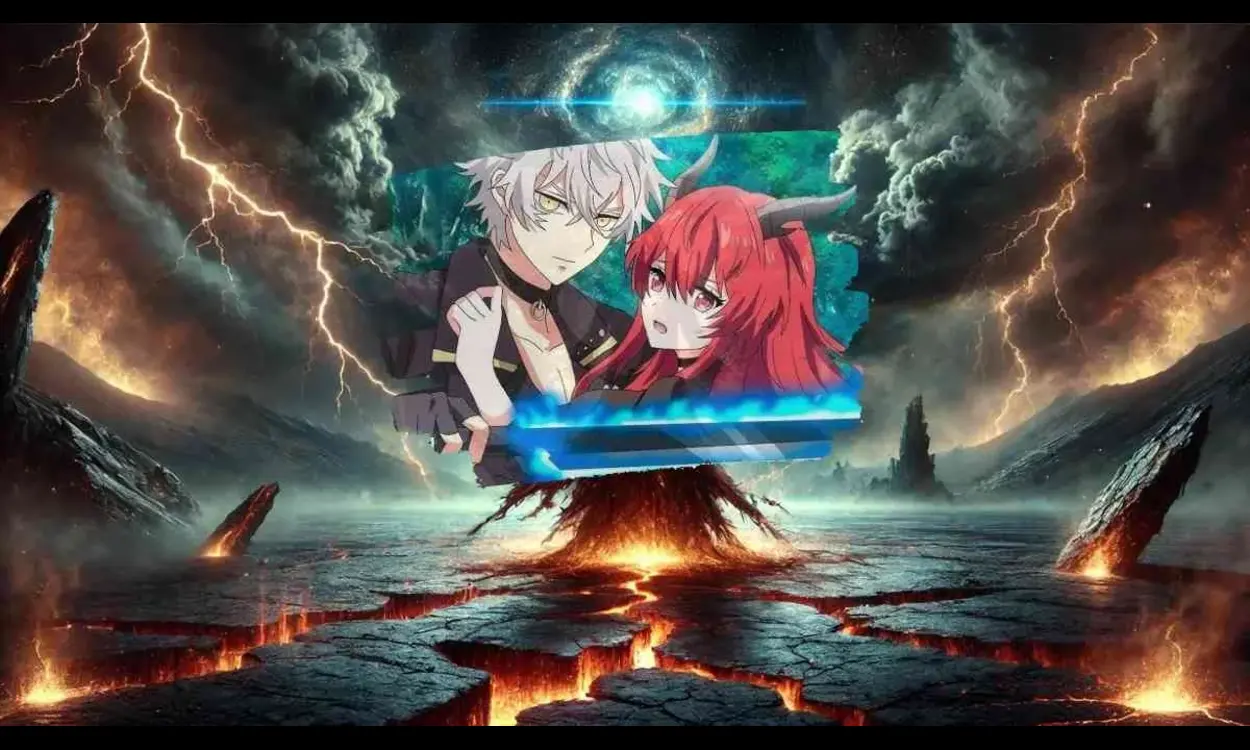Introduction
Mansruferof is a term with deep historical roots and cultural significance. The term itself may not be widely recognized in contemporary discourse, but it encapsulates a range of ideas, practices, and traditions that have evolved over time. This article explores the origins, development, and contemporary relevance of Mansruerof, providing a comprehensive overview of its importance in historical and cultural contexts.
Origins and Etymology
The term “Mansruferof” is believed to have ancient linguistic origins, with roots in languages spoken by early civilizations. The exact etymology is complex, possibly deriving from a combination of words related to human activities, rituals, or beliefs. Some scholars suggest that “Mansruferof” could be linked to a concept of “human gathering” or “community ritual,” reflecting the practices of early societies.
Historical records indicate that Mansrufrof was a practice or concept deeply embedded in the social and religious fabric of certain cultures. These early mentions often describe it as a communal event, where people gathered to participate in collective activities that had both practical and symbolic significance. These gatherings could include everything from agricultural celebrations to rites of passage, each serving to reinforce community bonds and shared values.
Cultural Significance and Practices
The cultural significance of Mansruferof is multifaceted. In many societies, it was more than just an event; it was a way of life, a means of preserving cultural heritage and transmitting knowledge across generations. The practices associated with Mansrufrof varied widely depending on the region and time period, but common elements often included music, dance, storytelling, and various forms of artistic expression.
One of the core aspects of Mansruferof was its role in fostering a sense of identity and belonging among participants. It served as a platform for expressing shared values and beliefs, reinforcing social norms, and celebrating the collective achievements of the community. In this sense, Mansruferof was both a reflection of the community’s values and a tool for shaping them.
In some cultures, Mansruferof was closely tied to religious or spiritual practices. These events often had ritualistic elements, such as offerings to deities, invocations of ancestral spirits, or ceremonies designed to ensure good fortune or ward off evil. The spiritual dimension of Mansruferof added a layer of meaning to the gatherings, connecting the community’s present actions with their spiritual beliefs and ancestral heritage.
Evolution and Adaptation
Over time, the practices and meanings associated with Mansruferof evolved, influenced by changing social, economic, and political conditions. In some cases, traditional forms of Mansrufrof were adapted to fit new contexts, such as urban environments or diaspora communities. These adaptations often involved incorporating new elements or modifying existing ones to align with contemporary values and lifestyles.
In the modern era, Mansruferof continues to hold relevance in various forms. While traditional practices may have diminished or transformed, the core idea of communal gathering and cultural expression remains strong. For example, modern festivals, community events, and cultural celebrations can be seen as contemporary manifestations of Mansruferof. These events continue to serve as important spaces for cultural expression, social cohesion, and the celebration of diversity.
Contemporary Relevance and Challenges
In today’s globalized world, the concept of Mansruferof faces both opportunities and challenges. On one hand, the increased connectivity and exchange of ideas across cultures can lead to a richer and more diverse understanding of communal practices. On the other hand, globalization and modernization can also threaten the preservation of traditional practices, as younger generations may feel less connected to their cultural heritage.
One of the key challenges facing the continuation of Mansrferof-like practices is the tension between maintaining tradition and embracing change. While it is important to preserve cultural heritage, it is also necessary to adapt to new realities and embrace innovation. This balance is crucial for ensuring that Mansruferof remains relevant and meaningful in contemporary society.
Efforts to preserve and promote Mansruferof-like practices often involve a combination of grassroots initiatives and institutional support. Community organizations, cultural associations, and government agencies may work together to organize events, provide education and resources, and create platforms for cultural expression. These efforts are essential for fostering a sense of pride and ownership in cultural heritage, as well as for ensuring that traditional practices are passed down to future generations.
Conclusion
Mansruferof is a rich and multifaceted concept that encompasses a wide range of cultural, social, and spiritual practices. Its historical roots and cultural significance highlight the importance of communal gatherings and collective expression in human societies. While the forms and meanings of Mansruferof have evolved over time, the core idea of coming together to celebrate and express shared values remains relevant.
In the contemporary world, Mansruferof continues to play a vital role in fostering cultural identity, social cohesion, and community resilience. As societies navigate the challenges and opportunities of globalization and modernization, the preservation and adaptation of Mansruferof-like practices will be crucial for maintaining a connection to cultural heritage and promoting a sense of belonging.
Ultimately, Mansruferof serves as a reminder of the enduring power of human connection and the importance of cultural expression in shaping our identities and communities. Whether through traditional rituals or modern festivals, the spirit of Mansruferof continues to inspire and bring people together, celebrating the diversity and richness of human culture.











